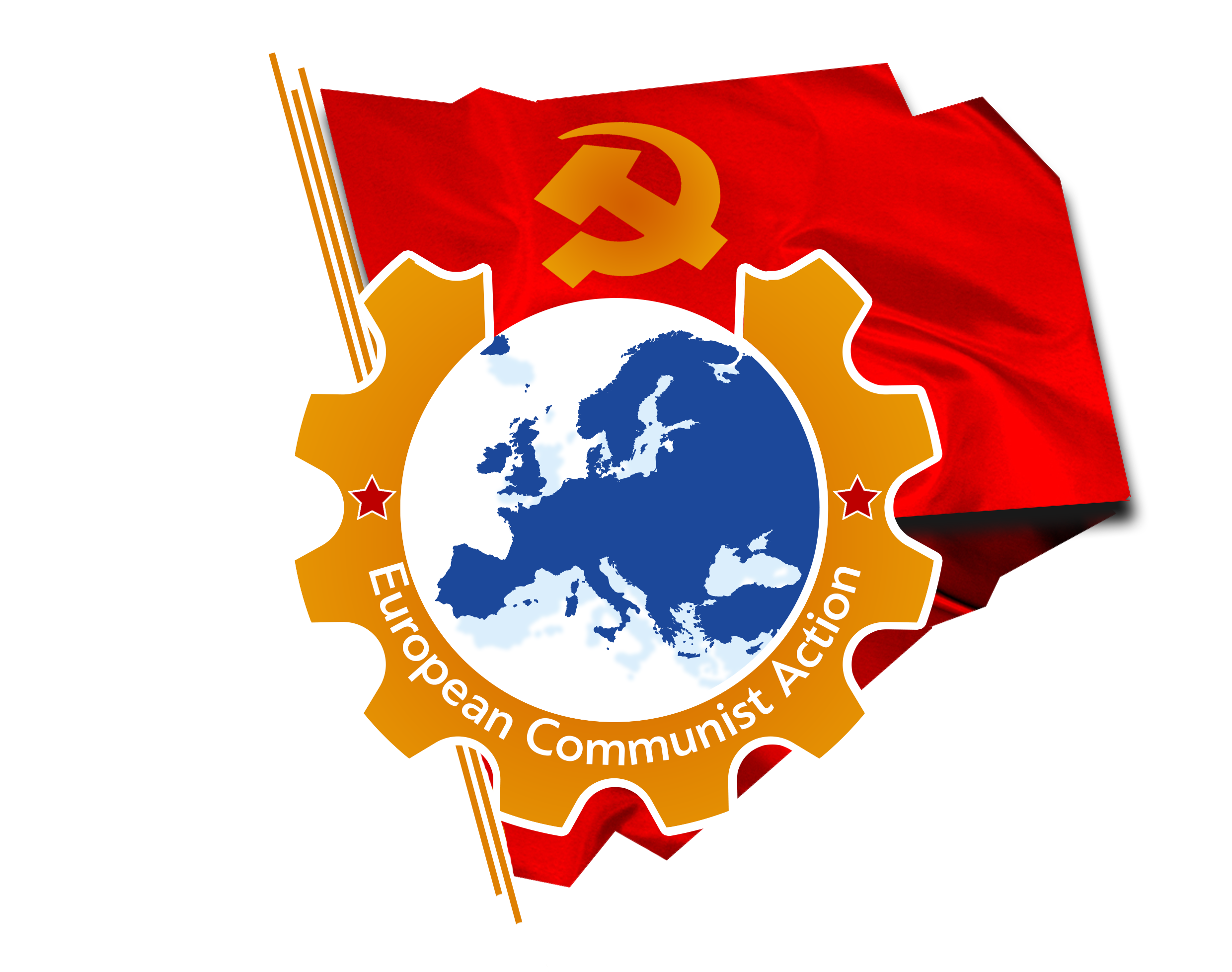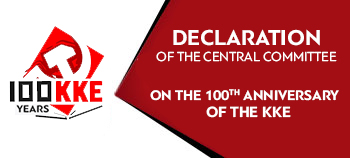Links to the old web pages of KKE
On the labour aristocracy, the differentiation and stratification of the working class

There is reference at thesis 23 of the Theses of the CC of the KKE to the shrinkage of the labour aristocracy stratum and the expansion of the differentiations within the working class. What is the material basis for this?
Humans have always utilized their labour power, i.e. the totality of their physical and intellectual capabilities for the production of products that are useful to them. Under capitalism, in parallel with generalized transformation of products into commodities, we have the generalized transformation of human labour power into a commodity. The transformation of labour power into a commodity, in combination with the concentration of the means of production into the hands of a section of society, constitutes the foundations of the class division of capitalist society: On the one side there is the bourgeois class comprised of the owners of the social means of production and on the other the working class comprised of all those who do not own any means of production and are compelled to sell their labour power to the capitalists.
However, this criterion is not sufficient for the definition of the two basic classes in society. Other criteria have to be taken into account. For this reason, Lenin provided the following definition of class:"Classes are large groups of people differing from each other by the place they occupy in a historically determined system of social production, by their relation (in most cases fixed and formulated by law) to the means of production, by their role in the social organization of labour, and, consequently, by the dimensions of the share of social wealth of which they dispose and the mode of acquiring it. Classes are groups of people one of which can appropriate the labour of another owing to the different places they occupy in a definite system of social economy."
The working class which is defined on the basis of all these criteria is not a uniform group, but is characterized by important differences in terms of the nature and conditions of work, in terms of salaries, the level of specialization, job stability etc. These differentiations inside the commodity of labour power are very marked amongst the various capitalist states, sectors and businesses.
These differentiations expanded and intensified even further during the monopoly stage of capitalism. A stratum of workers emerged on this material basis, which were able to secure living and working conditions that were much better than those of the great mass of workers. Of course, this does not mean that any section of workers which secures, for example, higher wages belongs to the labour aristocracy. In order to define the labour aristocracy, one must take into account all the criteria posed by Lenin in terms of class in combination and not isolate one or two criteria. For example, apart from the level of income, very important factors whether their labour has a supervisory character or not, as well as the mode of acquiring a significant section of their income (e.g. kickbacks and bribes of various kinds, pay for participation in courses and seminars organized by GSEE, the direct and multifaceted buying off of a section of workers).This privileged stratum of workers appears both in the private and in the state sector.
However, it should be clarified is that this is not a strictly and absolutely demarcated stratum. What is important in terms of the appearance of the labour aristocracy is not its strict demarcation, but the fact that material preconditions for compromise with capitalism objectively emerge in a section of workers and this trend is also expressed within the ranks of the labour movement.
The size of the labour aristocracy stratum is not stable during different periods and in different countries, as it depends of factors like the level of the development of capitalist relations, the position of the country in the global imperialist system, the phase of the economic cycle etc. So, while initially Marx and Engels gave particular emphasis to the labour aristocracy in Britain as being an outcome of its industrial monopoly in the global market, the formation of the global imperialist system during the 20th century expanded the material basis for the labour aristocracy to the majority of capitalist states (irrespective of their position in the imperialist pyramid) and inside each state.
03.03.2017
[*]In the framework of the pre-congress procedures of the 20th Congress of the party, a series of articles are being published in “Rizospastis” in a special column “Question-Answer” around ideological-political issues contained in the Theses of the CC.
This article was published on 9/2/2017







